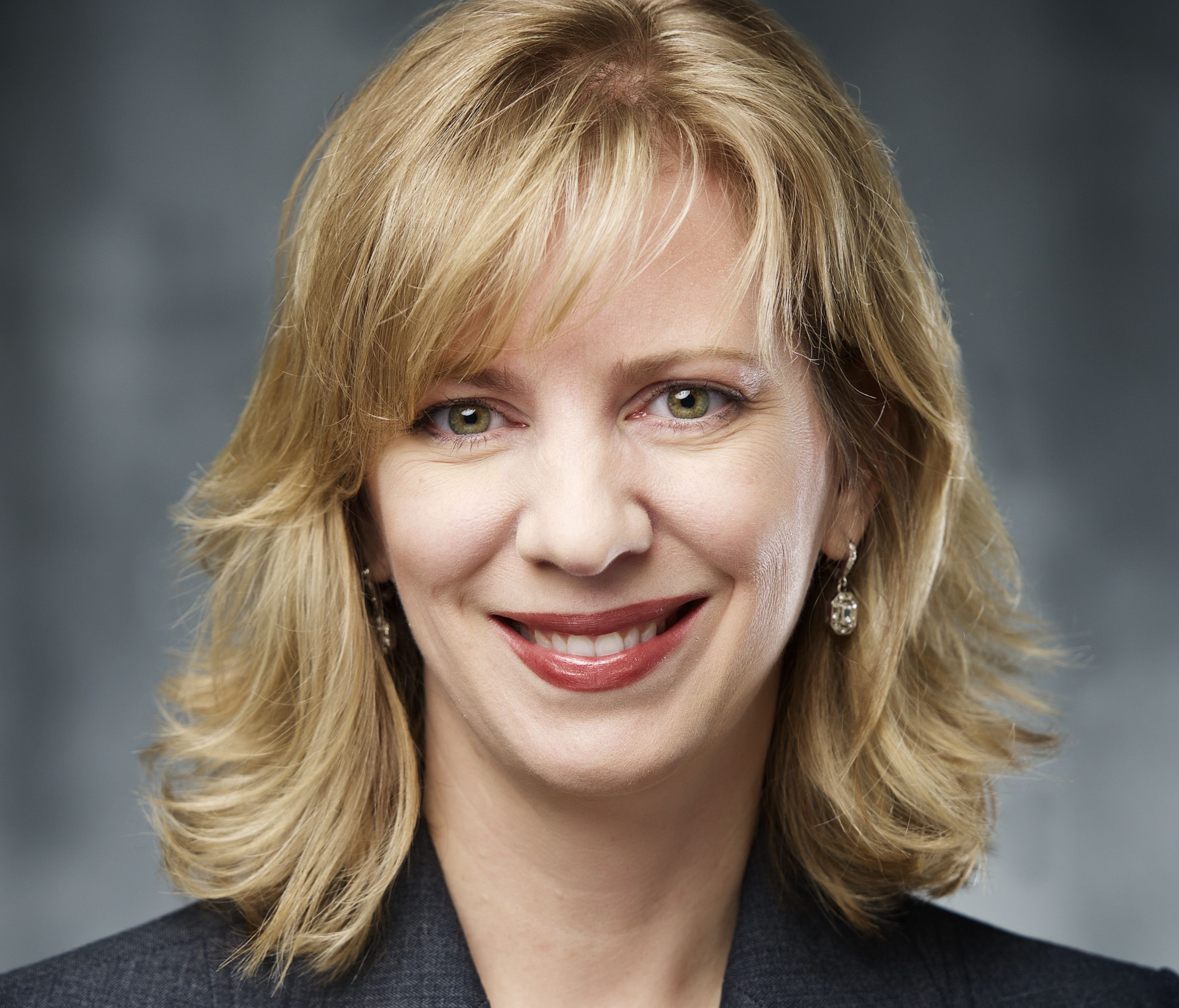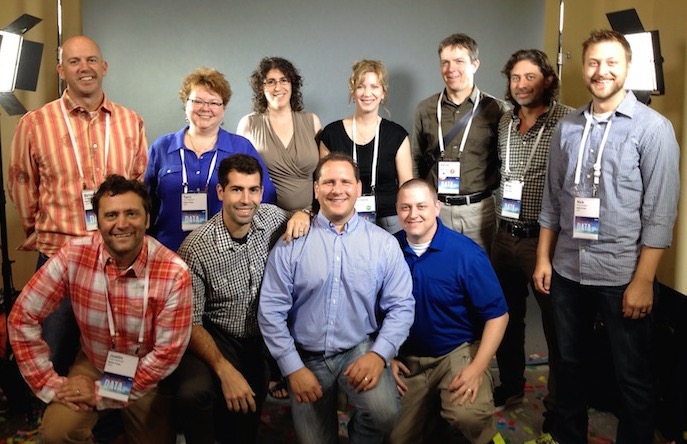Data + Women: Advice from a Leader Who Built Her Own Analytics Team

Note: This is the second installment of a four-part series highlighting our Data + Women panelists. The first piece highlighted humanitarian Jennifer Chan. The panel will take place at this year's Tableau Conference.
When Christine Birtel wants to understand her data, she digs deeper than the numbers. She first asks questions of the data. Then she asks questions of the data’s subjects—in her case, Wells Fargo customers.
“I take the perspective that analyzing the data and behavior is really important, but you’re missing half the story—why they’re doing it—if you don’t talk to your customers or whoever is the focus,” she says.
And the reverse is true, says Christine, if you just talk to your customers but don’t look at what they actually do.
“Sometimes people think they know what they want, but then it doesn’t turn out to be true,” she says.
Consider the classic jam study, she says. Shoppers, when surveyed, said they wanted to be offered as many flavors of gourmet jams as possible before choosing one to buy. The experiment, however, demonstrated that having more choices isn’t always better; too many options proved overwhelming. The shoppers had been wrong about what they really wanted.
Christine’s Specialty: Using Data to Explain Human Behavior
Christine’s dual approach stems from her academic background in statistics and experimental psychology. She started studying psychology in college because she wanted to understand people’s behavior. Then she switched to statistics to tackle bigger data sets.
This perspective has provided an advantage throughout Christine’s career in enterprise analytics. Following stints at Kodak and Bank of America, she joined Wells Fargo as a senior vice president and built the customer insights team from the ground up. Her team of 16 analysts tracks every customer click—“billions of pieces of unstructured data”—to understand and manage the experience of the bank’s online portal, she says. The goal is to make banking fast, easy, and glitch-free for customers.
“We went from almost no data to making decisions using a wealth of information. That’s really helping us make this the best customer experience there is,” she says. “There’s no greater joy than seeing the direct impact of your insights, and seeing what you recommend actually being adopted.”

Christine Birtel, center in black, poses with her team.
Advice #1: Don’t Neglect the Rest of Your Life
Christine is no stranger to working in a male-dominated field. There are still few women in statistics, she says, though things have changed over the years.
“I see more women in leadership roles, but the equality that you would want to see is not quite there yet. But I’m seeing more and more companies that are starting to offer opportunities for women,” she says. “There is a definite groundswell or need to connect with each other and collaborate.”
Christine networks with other women in the industry at conferences and speaking engagements. She’s also found an informal support group of women at Wells Fargo, including her boss. In fact, it was her boss who put a stop to Christine’s marathon workdays.
“With half my team in San Francisco [and the other half in North Carolina, where I am based], I found that I was working 12 hours a day,” she says. “And my manager had to say, ‘Hey, Chris, what are you doing? It’s crazy. You’re working all the time.’”
Christine now leaves work at 4 p.m. every day to make dinner for her family, then jumps back online in the evening.
“Having that flexibility, having a manager who supports that is wonderful, and it’s what makes it possible. I’m able to do the things I need to balance things out,” she says.
Advice #2: Men Can be Mentors, Too
It’s incredibly important for women to connect and support each other, says Christine, yet it’s also important to have men as mentors.
Christine says a male mentor would’ve proven helpful in her career’s early days when she was learning to navigate the male-dominant technology sector.
“It is more difficult. I’ve had to change the way I approach my partners, and I’m more direct,” she says. “I think there’s just a different approach or conversation that women have to accomplish their work.”
A male mentor might have helped her “learn how to walk the walk, talk the talk, ask what I need of partners, and do it in a way that they understood,” Christine says.
Advice #3: Find Space for Girls and Women
As a mother of a young girl herself, Christine hopes the data industry attracts more girls and women in the future. One easy way to get girls more interested: Use more relatable examples, she says.
Christine still remembers the examples she dealt with in statistics. They referenced manufacturing—things she didn’t know anything about.
“These examples are so mind-numbing. It’s really hard to get into this topic and feel like, ‘This resonates with me, and this could be meaningful to me,’” she says.
Likewise, she says the data industry should “start expanding what it means to be an analytics professional” to include those “talking to customers and marrying that with the data.”
“And if we start including these other folks, these other degrees that may not have been traditionally intuitive to include in the field of analytics, then we’re going to open the door to many more diverse applicants and many more women,” says Christine.
Christine has already married the two disciplines on her team, which is divided equally between men and women. This “balanced approach” ultimately leads to better understanding of the data, she says.
“You have to doubt every piece of data and go that one level deeper. You have to really think about: Is this really the truth? And although people may say they want it a certain way, do they really? Some of these problems are really complex,” she says.
Coming to this year’s Tableau Conference in Las Vegas? Meet our Data + Women panelists and join the conversation at our meetup on Monday, October 19. You can also share your thoughts on our Data + Women Community Forum.
Subscribe to our blog
Få de senaste Tableau-uppdateringarna i din inbox.



